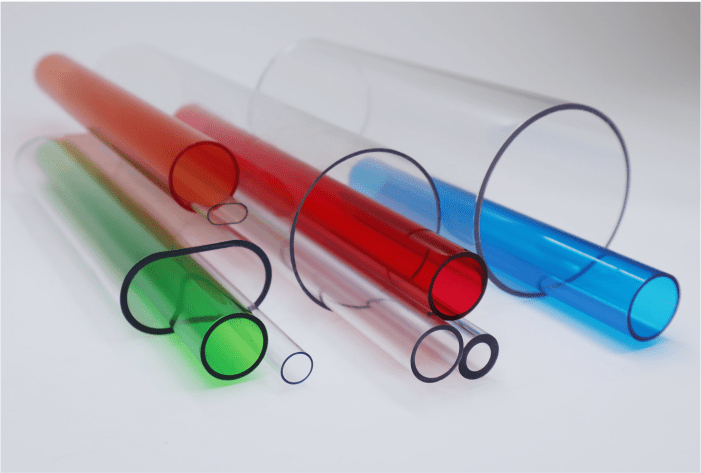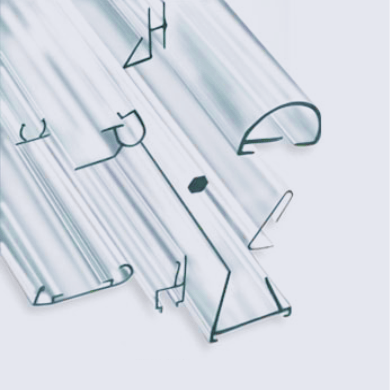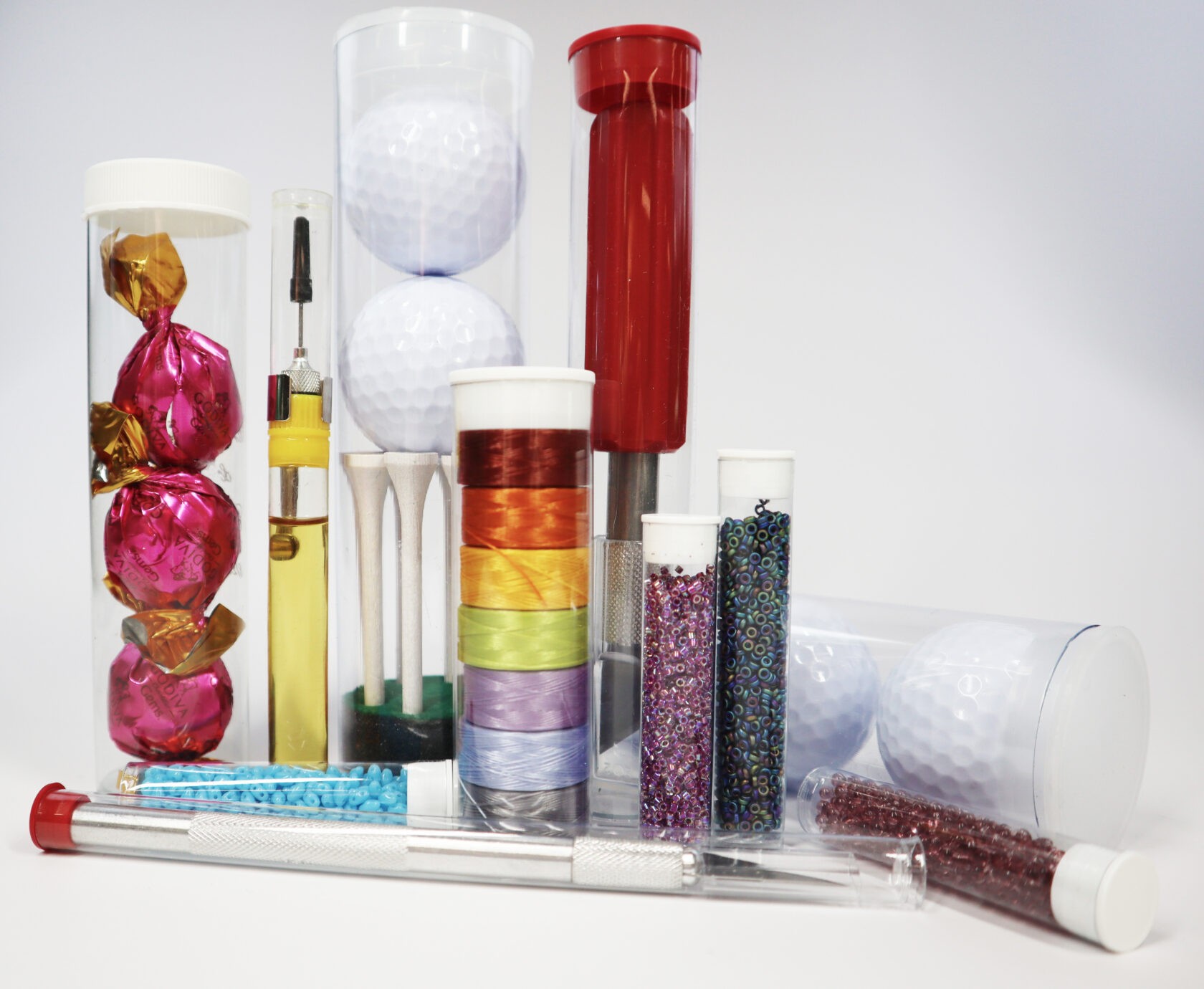Did you know that extrusion derives from the Latin word ‘extrudere,’ which means ‘ex’ out and ‘trudere’ to push? You heat pellets or powder-form plastic and push them through a die under controlled conditions in the extrusion process.
Extrusions, also known as plastic profiles, are extensively utilized in various industries, including construction, manufacturing, transportation, retail, and events. However, there is little understanding of what a plastic extrusion is or how it’s produced.
What is plastic extrusion? Read on for all you need to know about the plastic extrusion process.
 What Is Plastic Extrusion?
What Is Plastic Extrusion?
What is plastic extrusion? Well as you well know, you can manufacture plastics in different shapes, sizes, and characteristics. You can also have more complicated custom plastic extrusions.
However, they always begin as the same raw material before becoming finished goods. Even though the process may be complex and take various shapes, all plastic extrusion procedures follow a few fundamental stages.
Mixing of the Raw Materials
You load the raw ingredients into a hopper, and then the material is then transported to the extruder for processing. The extruder is at the top end of the machine. This signifies that you feed the pellets into the barrel of the extruder by gravitational force.
In the process, you add any color additives and other chosen additives into the mix.
You use additives to modify the characteristics of the finished plastic. You use different kinds of additives to achieve different results in the process.
You then feed the raw pellets via a revolving screw. This screw controls the number of raw materials sent to the machine and the blending of any additives into the final pellet product.
Melting of the Raw Material
After you feed the material into the barrel from the hopper, the spinning screw forces it out of the opposite end of the barrel and into the next one. The screw is within the barrel; it spins and pushes the substance forward out of the front of the cylinder and into the die as it turns.
The barrel is heated, which melts the plastic grains as they travel through the screw.
All plastics need the proper amount of heat to melt but not scorch the grains. To accomplish this and offer high operating speeds, all plastic materials have an optimal temperature. Therefore, the barrel is heated and cooled continuously to maintain the optimal temperature.
Once heated, the ingredients have the texture of thick chewing gum. At the end of the cylinder, a breaker plate filters out any impurities using a screen. The breaker plate also converts the rotating motion of the polymers to lateral motion.
The Die
A die is a hollowed-out form that will mold the plastic into the final shape it will take. After the plastic has passed the breaker plate, it’s pushed into the die and molded into the desired form for the final product. This is the stage of the procedure where you should give your greatest amount of attention.
When creating the die, you should give careful attention to how the polymers will flow through it. You have to do this throughout the manufacturing process. This is because small flaws in the manufacturing process may distort the finished plastic product.
It is necessary to maintain uniformity throughout the passage through the die to retain the final product’s design integrity.
Cooling Process
Once the plastic has gone through the die, it must cool in this form to set into the desired shape.
Plastics cool considerably more slowly than other materials produced via extrusion techniques. This necessitates the use of a considerably more efficient cooling procedure since the plastic is delivered directly into cool water baths.
The calibration system, which supports the cooling piece, is housed inside the water baths. This process determines the ultimate shape and size of the sections.
The Final Process
The last stage involves pulling the extrusion out of the calibrating system and into the final processing stage. This could entail punching holes, cutting into lengths, bending, or coiling.
This is just a short overview of the plastic extrusion process. It also only gives you a peek into how you manufacture and assemble the final product you see and use daily. Each procedure is somewhat different based on the kind of plastic required and the features of the plastics themselves.
What Are the Various Types of Plastic Extrusion?
According to the die shape, you manufacture various brands using different extrusion methods. For example, let’s look at these below:
Extrusion of Tubing
You use this kind of extrusion for the production of tubes and pipes, among other things. You use air with a positive internal pressure during this procedure. Once the tubes or pipes have exited the die, they push into a cooling tank, typically cooled with water.
A Jacket or Covering Extrusion
You use this extrusion process to coat wire. You drag the wire into the die’s center during this operation. When you need to glue between the wire and the coating, you have to use pressure tooling.
This covering technique coats the wire with melted plastic in the die and pressurizes it as it exits. You use a jacketing process where bonding is not needed. The melted plastic coats the wire as it leaves the die, thereby covering the wire.
Blown Film Extrusion
You use this kind of extrusion for the continuous sheeting for plastic film tubes.
Here you cool the film tube melt before it exits the die. This results in a semi-solid tube blown to the appropriate size and layer thickness. You specifically use this technique to create items such as plastic shopping bags.
Sheeting Film Extrusion
This kind of extruder is used to manufacture plastic sheets or films that are too dense to be blown. Following their exit from the die, the sheets are drawn and chilled through a succession of cooling rollers that also serve to control the thickness of the sheet.
All Things Plastic
What is plastic extrusion? It can take many forms and has uses in a huge range of products. These products can include plastic angles, plastic channels, edging, flat strips, and many more.
However, you can also have custom plastic extrusions for more specific needs.
Why not contact us to find out more? Our experts will help you with any inquiries for stock plastic or specific custom extrusions.



